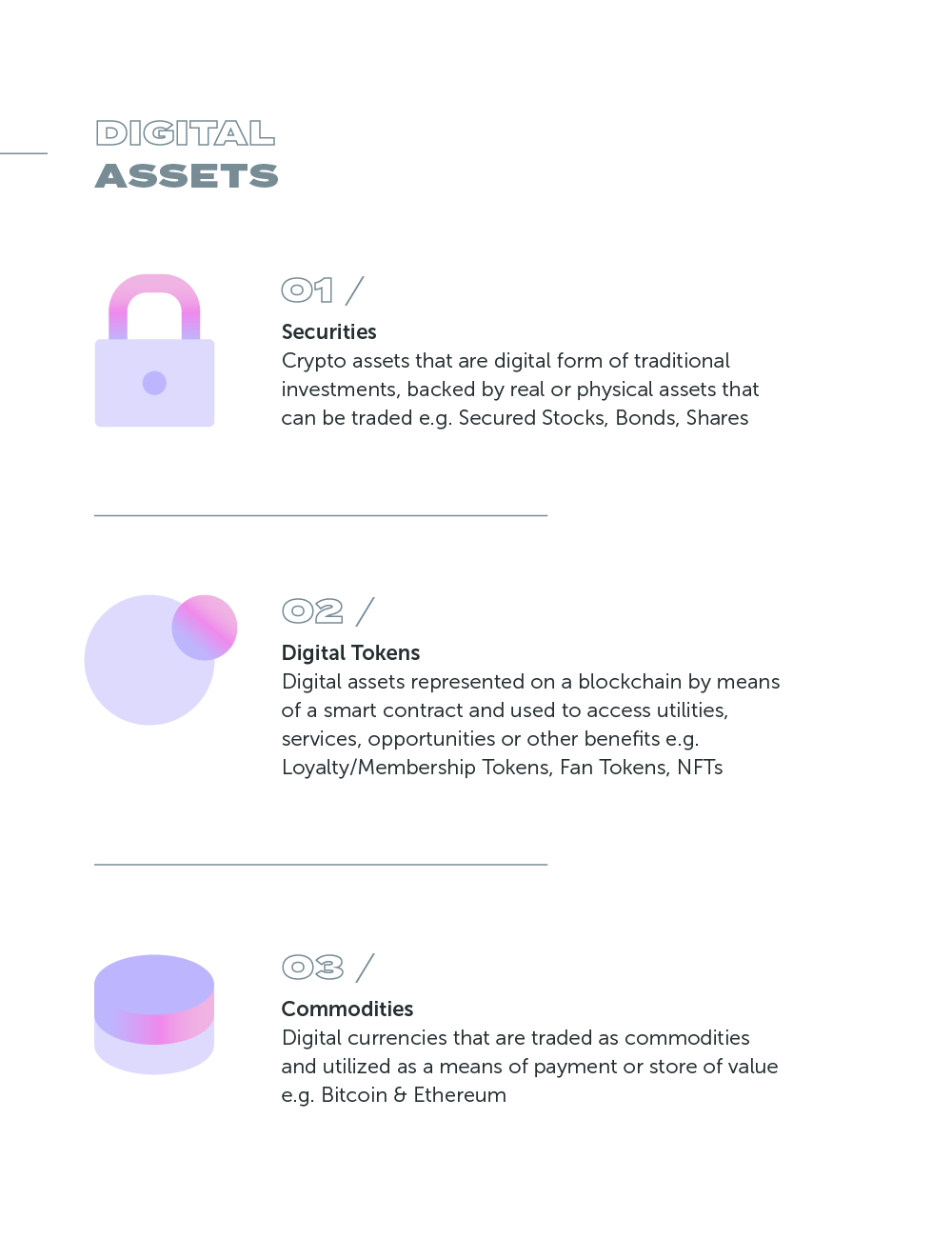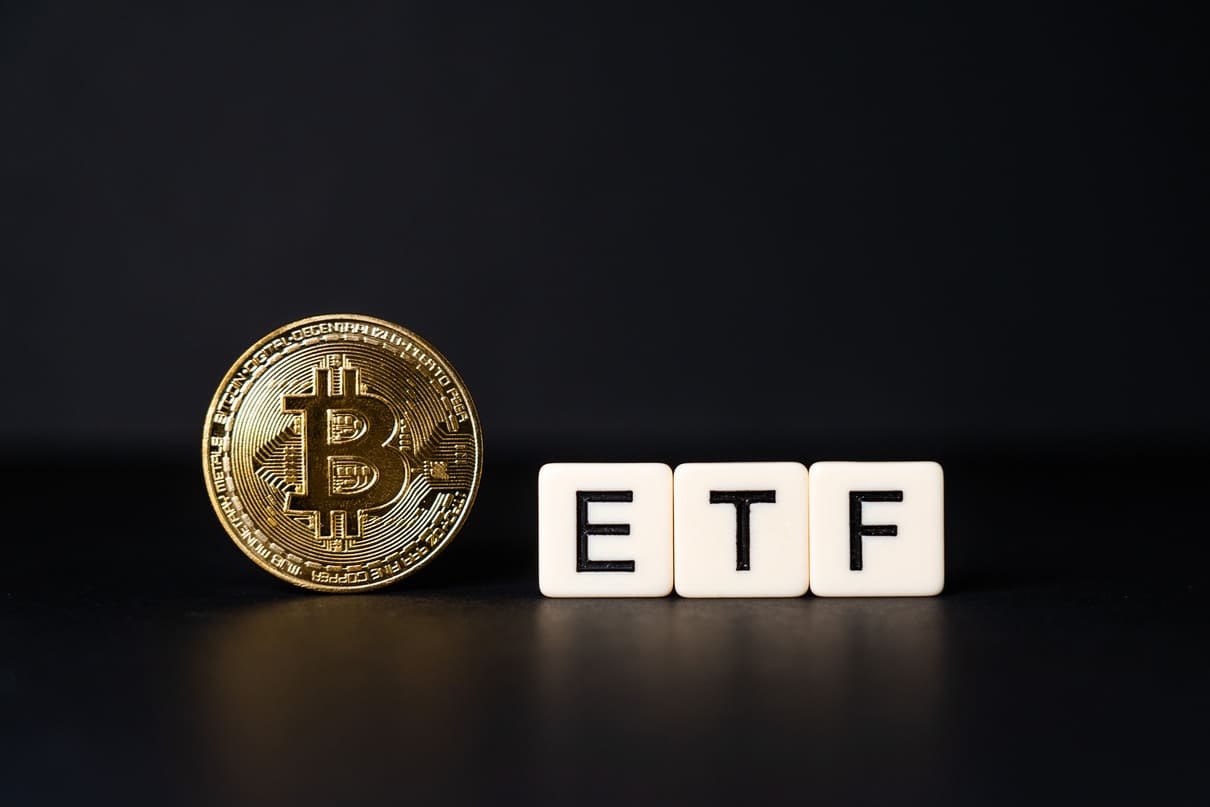The Taxonomy of Digital Assets: How Are They Classified?

What is Taxonomy
Taxonomy is a quantified system of classification that is used to categorize and organize digital assets. It essentially is the data structure that allows users to make their digital assets filterable and findable. Taxonomy uses descriptive terms - which constitute a naming system - that are used to label assets in order to facilitate their classification.
What are Digital Assets?
A digital asset is a digitized right of ownership of any value. They can basically be categorized into two factions: on one hand are the digital currencies (such as those used by PayPal or by a Central Bank), while on the other are tokens , whether cryptographic or not.
The Process of Classification
Taxonomy plays a big role when it comes to the user finding the correct resource or asset they are looking for. Therefore it is important for a user to know the correct way to classify their digital assets.
One such way is through tags, which, much like in online articles or blog posts, shorten the research time and greatly facilitate the finding of a determinate resource. However, digital assets are basically defined by the accounting system within which they are classified. This is where blockchain technology comes into play, especially with regards to crypto assets.
The fact that blockchain is such a decentralized system allows for the utmost of features that an accounting system can achieve. Moreover, blockchain’s decentralized technology enables a number of benefits, including but not limited to: assurance of integrity of data for the user’s benefit and the synchronization of data among a varied number of servers.
A Broad Classification of Digital Assets
At a very superficial level, there exist two major distinct types of digital assets, as spoken about previously: centralized digital currencies, and cryptocurrency. Centralized digital currencies all hing on a private community, usually on a Central Bank. Some examples of such currencies can include PayPal’s Digital USD or tokens.
Tokens are interesting for the reason that, depending on the situation the user finds himself in, they can be attributed with various properties, including stocks, digital currencies and proprietary rights. They are backed by the fixed quantity of the commodity they represent. However, they are also unique in the fact that they can be both a centralized and decentralized form of currency, like cryptos.
Cryptocurrency is an independent digital currency, and therefore merits its own classification within the digital asset world. Their independence is achieved through a form of decentralization that is attained thanks to the fact that anyone is free to obtain, store and use them in any way. They are issued through an algorithm, whose system is open for use for all, their data is available for anyone to look up and they are not ultimately governed by any one individual, but rather through virtual discussions or meetings in forums.

Conclusion
There are many other cases of digital assets. It is essentially agreed upon that in the world of fintech, it is vitally important to know how to classify centralized currencies and cryptos. Such a process is facilitated through technologies like blockchain, or useful shortcuts like tags. Ultimately it is important to know how to classify assets that an individual is willing to delve into and obtain for their own personal usage. A more granular description of the classification of digital assets by user cases is covered here while a more detailed discussion on the taxonomy of digital assets by industries and protocols is provided here.






